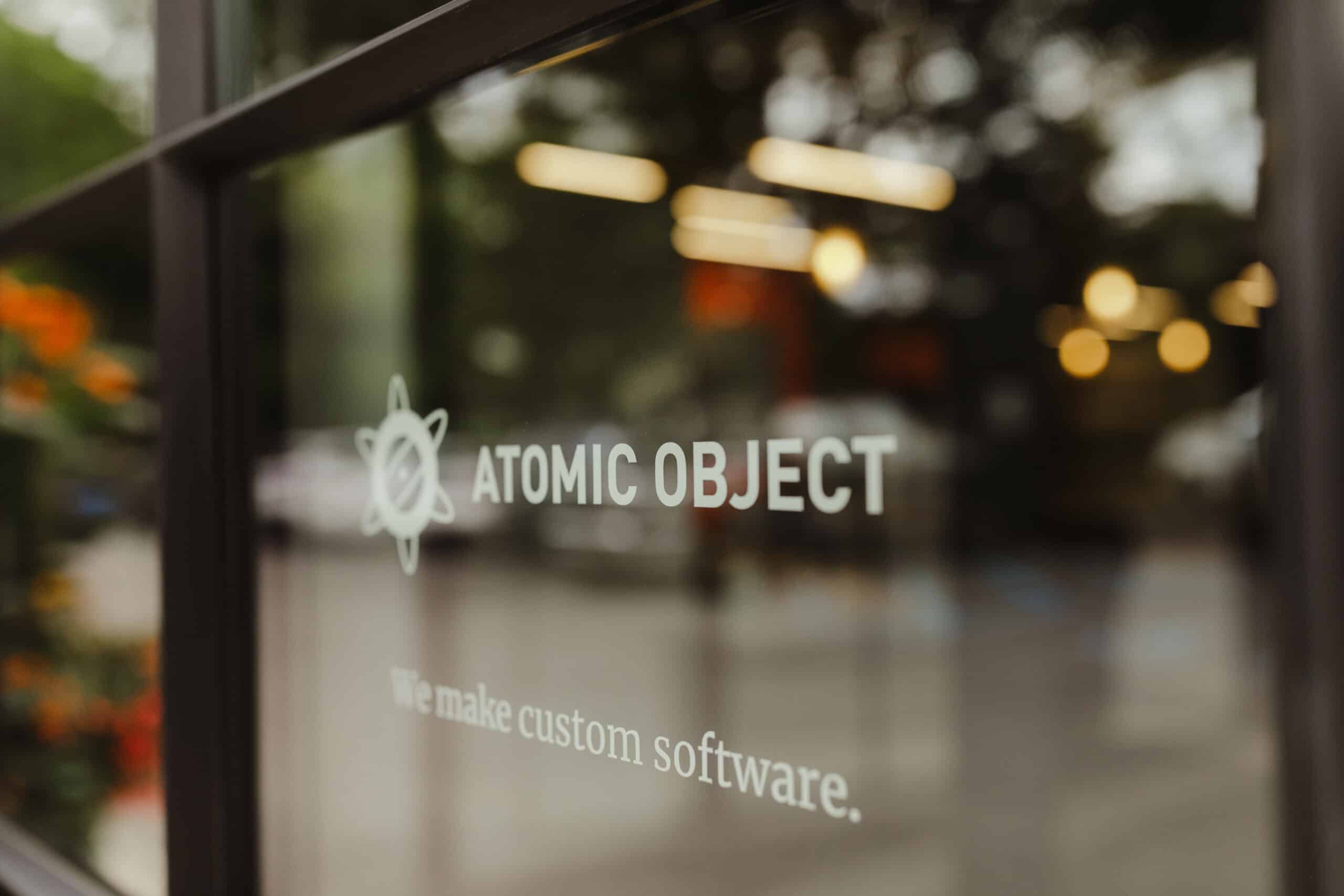We all experience frustration from time to time with the tools and software that we use to run our business. So, how do you know when it’s time to ditch a piece of technology and build or buy something new? Here are some common problems I often see as a custom software consultant. These often indicate it’s time to consider whether you should replace your business software.
Sign #1: The software, or the underlying technology, isn’t supported anymore.
If no one is maintaining the languages, frameworks, databases, or other foundations of your software, your business faces a variety of risks. Those range from security risks from unpatched vulnerabilities to compatibility risks as operating systems and software integrations continue to progress around your aging software. It also includes the business risk that the software could just cease to function someday. Developing on older technology, if it’s even possible, often takes longer and is more expensive as a result.
Ideally, whether it’s software built custom for you or software you have bought or licensed, someone should maintain your software. If the underlying technologies are no longer supported, it’s time for you to develop a plan to upgrade your software or migrate to something new.
In recent years, I’ve worked with two separate clients who relied on applications that used Visual FoxPro, a programming language last updated in 2007. Further, they officially dropped support in 2015. Migrating away from their custom Visual FoxPro applications was a painful and expensive process, but both businesses have regained flexibility. In turn, this has enabled them to grow past what their old software could do.
Sign #2: You can’t find hardware for it anymore.
If your software requires specific discontinued hardware, that’s a red flag. As hardware ages out of production, it becomes harder to find replacement parts and expand capabilities. If you can’t find the hardware you need, and you can’t upgrade or change your software to be compatible with modern hardware, it’s time to rewrite your custom software or transition to a new software vendor.
One client I worked with had software that only worked on a specific handset. It got to the point where they were watching eBay for used devices, paying high costs for them, and then constantly shipping those devices around the country to support their various events! It caused huge pain when a device got lost, broken, or didn’t arrive on time. We were able to transition them to using iOS devices instead. Being on a modern, supported, widely-used technology platform removed a huge headache and risk factor for their business.
Sign #3: You can’t find people to work on it anymore.
Legacy software often requires specialized knowledge and skill sets. If there is only one expert developer in your organization, or you can only find one vendor to work with on your software, this is a big risk for your business. How will you keep things going when those people retire or move on? Transitioning to modern, widely-used technologies will give you access to a broader talent pool to keep your systems running smoothly.
Sign #4: It doesn’t meet your needs anymore.
Even if your software is still functioning fine, it can limit growth if it can’t scale with your business needs. If you’re using an off-the-shelf or enterprise software package, you may feel limited by its features, or trapped into working the way the software needs you to work, instead of the way you want your business to work. On the other hand, if you’re using custom software built for your business, it can be tougher to tell when it’s not working. If you have a good technical team but can’t keep up with the demands of your business or your users, it’s a sign that maybe it’s time to do a broader reassessment of your software and the business processes it supports.
Sign #5: It’s not reliable anymore.
It’s hard enough to run a business. Slow performance, downtime issues, and reporting failures add to the stress. However, you can solve these problems. Sometimes all it takes to get back on track is good maintenance, better infrastructure, or targeted performance optimizations. But if the software has poor architecture or integrates unreliable technology, it’s time to consider implementing a bigger overhaul or switching to a different off-the-shelf solution.
Takeaways
Business owners who encounter problems with their software often feel frustrated and nervous. Sometimes they’re even embarrassed because it’s so bad! It’s such a complex topic, and it’s hard to know where to start. But don’t let that hold your business back! If you’re experiencing any of the pain points listed above, we’re happy to talk about whether you should replace your business software. Our pre-project consulting process is completely free and tailored to give you an honest opinion about your situation, and recommendations and options to pursue.

